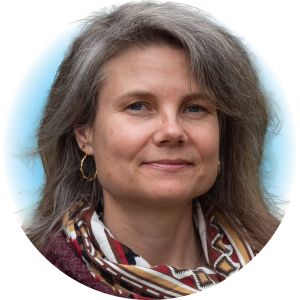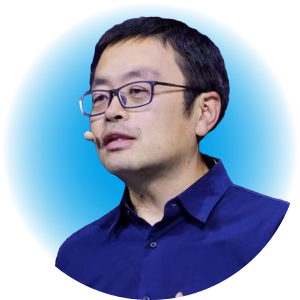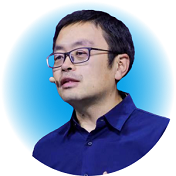The field of astronomy is undergoing a transformation due to the ever-increasing data volume of modern sky surveys and the fast-evolving computing technologies. Intelligent computing is becoming a necessity in properly extracting scientific value from astronomical surveys. In this context, the International Workshop on Intelligent Computing in Astronomy, initiated by the Zhejiang Laboratory and the Radio Astronomy Committee of the Chinese Astronomical Society, is being organized to take place in Hangzhou. It aims to bring together scientists from different disciplines to discuss computational astronomy challenges and share their recent findings and advancements.

Organizing Institute:
Zhejiang Lab & Chinese Astronomical Society & Openverse
Date:
15 October 2023 -- Deadline for online registration
05 November 2023 -- Workshop sign-in
06 November 2023 -- Workshop starts
07 November 2023 -- Workshop closes
Hotel:
Hangzhou Xixi Landison Hotel (400 CNY/room/night)
Venue:
Zhejiang Lab (Nanhu Headquarters), Kechuang Avenue, Hangzhou
Scientific Organizing Committee:
Lang Cui, Cheng He, Shuiming Hu, Di Li (chair), Tie Liu, Keping Qiu, Zhiqiang Shen, Jian Wang, Na Wang, Ji Yang, Kaijun Yuan, Bo Zhang, Duncan Lorimer, Wynn Ho, Valentine Wakelam, Paola Caselli, Paul Ho, Serena Viti, Stefanie Walch-Gassner
Local Organizing Committee:
Xinlong Zhao (chair), Donghui Quan (co-chair), Thomas Bisbas (co-chair), Zhiping Chen (co-chair), Zhiwei Chen, Huaxi Chen, Yi Feng, Xiaohang Zhang, Xuejian Jiang, Xunzhou Chen, Jiaying Xu, Zhixuan Kang, Longfei Chen, Yun Zheng
The registration and payment procedure:
500 CNY for students; 1500 CNY for non-students
For Chinese:
(1)线上缴费
本次会议由杭州风速会展服务有限公司提供会务服务,转账信息为:
公司名称:杭州风速会展服务有限公司
开户银行:中国银行杭州河庄支行
账号:366283432203
二维码收款:

汇款时请备注姓名、单位和用途(天文会议),并以截图等方式保留汇款凭证。请将电话号码 、公司地址、开票单位名称、开票税号、开户银行名称、汇款凭证发至会务工作人员吴江涛( Email:2805723669@qq.com);如需退还注册费,请联系吴江涛(Email:2805723669@qq.com),谢谢您的配合!
(2)现场注册缴费:
2023年11月6日之前未线上缴费的参会人员,可现场缴纳会议注册费,仅支持二维码(微信、支付宝)扫码支付以及现金支付。
会议费包含会议当天酒店与会场来回接送及会议期间餐费。参会人员的往返交通费、住宿费自理。
For foreigners:
The registration fee can be paid online or by cash on arrival at the venue. The same online payment methods as Chinese people can also be fully utilized.
After paying the registration fee, please send your phone number, organization address, invoicing organization name, tax number (organization), bank name (organization), and receipt to the workshop staff member Jiangtao WU (Email: 2805723669@qq.com). If you need a refund of the registration fee, please contact Jiangtao Wu (Email: 2805723669@qq.com). Please ensure the right reimbursement information. Thank you for your cooperation!
The round-trip transportation between the hotel and the workshop venue on the day of the workshop, as well as meal expenses during the workshop, are covered by the organizer. Participants are responsible for their own transportation and accommodation expenses.
Please note that the Science Partner Journal (SPJ) Intelligent Computing is now seeking submissions for a special issue primarily devoted to the workshop. Please see details at https://spj.science.org/page/icomputing/si/computational-astronomy


















